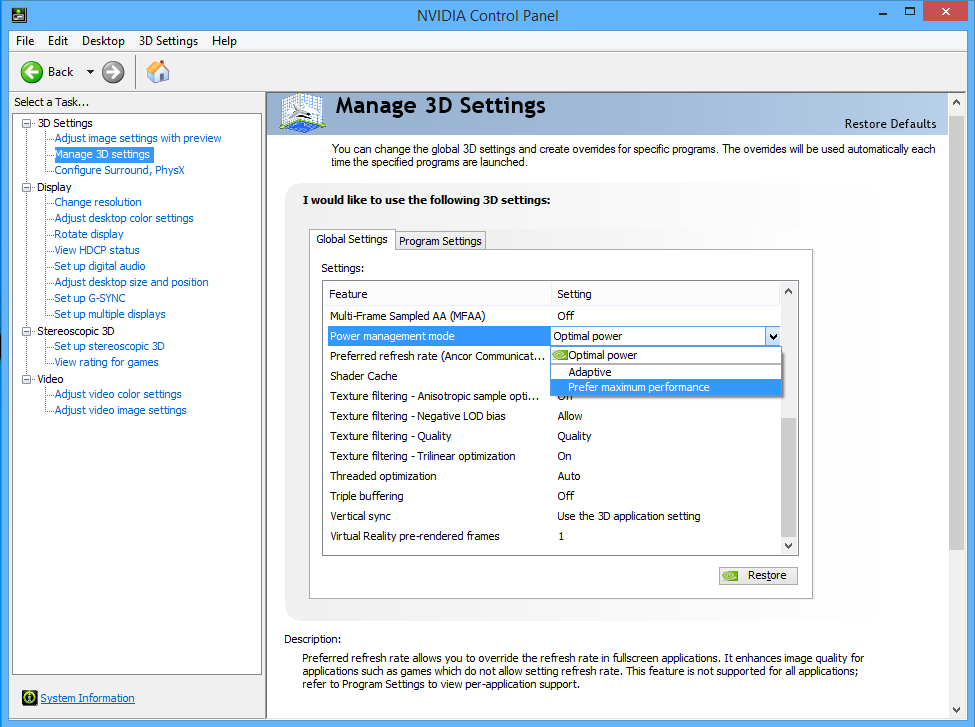

Each cube can be transformed and moved like a normal model.Custom Support can only be placed on the surface of the model.Red surfaces on the model indicate areas where support will be placed.When the model is active, the user can select in the toolbar on the left the following icon: Stabilize a model to make sure it doesn't fall over.įirstly, it is necessary to load/import a model.Ensure that small area support are sufficiently strong, especially if the piece is tall.Sometimes it's necessary to place more support, for example: Usually, all surfaces which have a lower angle than the support angle will have no support. Support Blocker and Custom Support can be placed in the same model.Ĭustom Support places support where it would not be placed by default.To block the support the red surface must be within the cube/Support Blocker.Each cube can be transformed/moved/scale as a normal model.The Support Blockers can only be placed on the surface of the model.Red surfaces on the model indicates an area where support will be placed.The following icon (contained in the toolbar on the left) can be selected if the model is active: Small surfaces which could be printed with bridging.įirstly, it is necessary to load/import a model.Usually, small horizontal holes don't need support and it can be hard to remove support there.Sometimes this is not necessary and should be blocked, for example: Usually, support is placed on all surfaces with an angle higher than the support angle (overhang). Support Blockers prevent support within their volume. If you want to change more settings you have to create a custom profile (see above). Only a few material related settings can be changed here. The current displayed print settings are the ones for the currently selected extruder and can be changed for each extruder separately (you have to close the window, change the extruder and than going back again, same for printers). When you have created your own material, you can change some settings, like the displayed name or brand, but also color, density (which is used for calculating the used material) and filament diameter (which is mostly 2.85 mm and used for calculating the right amount of extruded material). Some materials are not compatible to all extruders, this can not be changed! It is recommended to duplicate the material if you have one which is basically the same as one of our materials (a different kind of PLA for example). Please be aware that when you copy a material you also copy all settings. You can duplicate one of these files or create a new one. This window shows the generic materials on which the BigRep materials are based on. If you want to add your own none BigRep material, you can do so by going to the manage material page (Material → Manage Materials.) This reduces the printing time and amount of material needed.This results in a lower infill of the main body and a higher infill closer to the surface of the part.It changes the amount of infill gradually.If you also check "Z Seam Relative" the position is relative the center of the model. If you switch to "User Specified" you can choose a a X-Y coordinates as in Simplif圓D.

Setting presets simplify 3d manual#
However, in some rare cases you have to do manual adjustments.

Save 70% of tooling costs in metal casting Making patterns for metal casting used to be a labor intensive and long process.From showcasing the industrial value of 3D printing to highlighting successful use cases, BigRep’s webinars explore the most interesting aspects of 3D printing opportunities and possibilities.


 0 kommentar(er)
0 kommentar(er)
